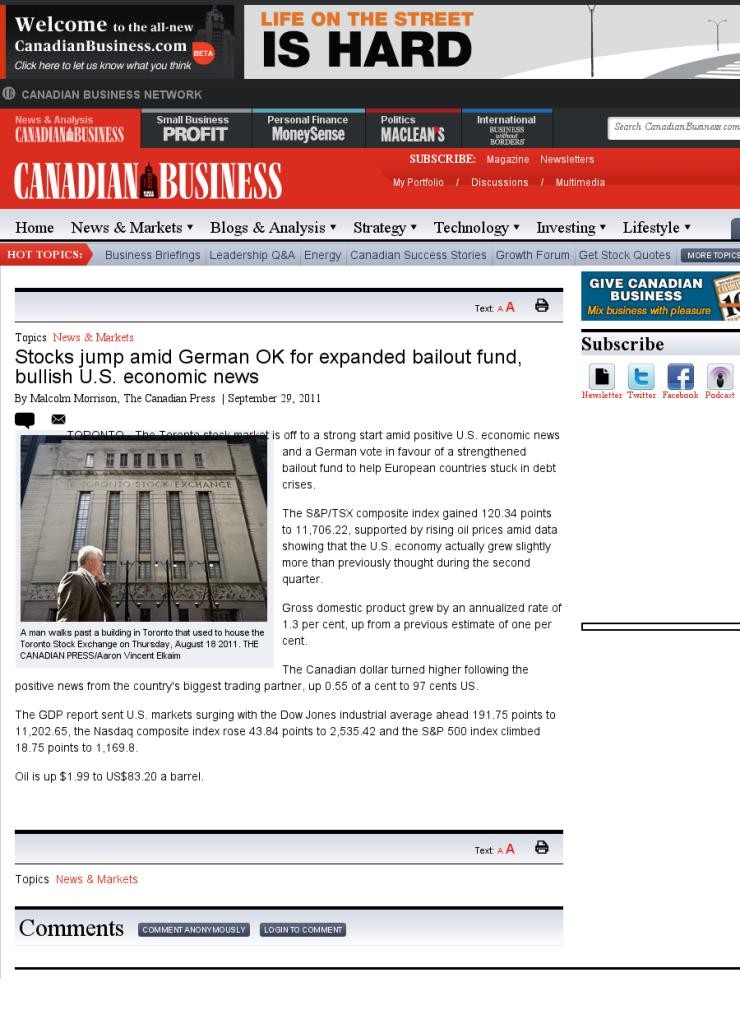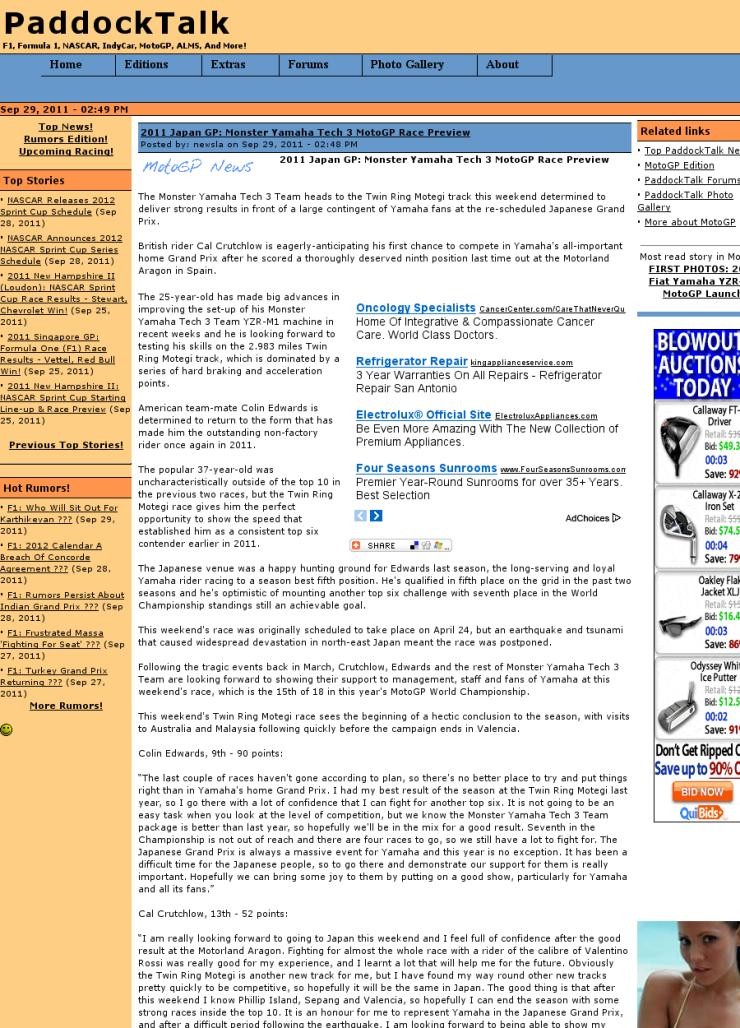Market breadth turns negative from positive
Post on: 20 Май, 2015 No Comment

Key benchmark indices were currently almost unchanged after alternately swinging between gains and losses in mid-morning trade. The market breadth indicating the overall health of the market turned negative from positive in mid-morning trade. The barometer index, the S&P BSE Sensex, was currently down 1.59 points or 0.01% at 28,708.28.
Asian Paints rose after the company said that it has entered into and signed a Memorandum of Understanding (MoU) with the Government of Andhra Pradesh to set up a manufacturing facility for paints and intermediates at Pudi Village, Rambilli Mandal, Vishakhapatnam District, Andhra Pradesh. Metal and mining stocks declined.
Foreign portfolio investors (FPIs) sold shares worth a net Rs 748.13 crore yesterday, 10 March 2015, as per provisional data released by the stock exchanges. Domestic institutional investors (DIIs) bought shares worth a net Rs 290.48 crore yesterday, 10 March 2015, as per provisional data.
The preliminary data on India’s balance of payments (BoP) released by the Reserve Bank of India (RBI) after trading hours yesterday, 10 March 2015, showed that India’s current account deficit (CAD) narrowed to $8.2 billion or 1.6% of GDP in Q3 December 2014 from $10.1 billion or 2% of GDP in Q2 September 2014.
In the foreign exchange market, the rupee edged lower against the dollar.
Brent crude oil futures edged higher after falling sharply yesterday, 10 March 2015. Global crude oil prices have witnessed high volatility recently after a steep slide in prices during the second half of calendar year 2014. Deregulation of diesel price announced by the Indian government in October 2014 and a decline in global crude oil prices will help reduce the government’s fuel subsidy burden and help contain its fiscal deficit. The slide in global crude oil prices will also help India in containing its current account deficit and fuel price inflation. However, a weakness in rupee against the dollar will restrict the benefit of falling global crude oil prices to that extent. A weak rupee raises the cost of imports. India imports 80% of its crude oil requirement.
Among overseas markets, Asian stocks were mixed. US stocks tumbled yesterday, 10 March 2015, as the dollar rose to a nearly 12-year high against the euro and bond yields in Europe hit record lows.
At 11:16 IST, the S&P BSE Sensex was down 1.59 points or 0.01% at 28,708.28. The index rose 106.08 points at the day’s high of 28,815.95 in morning trade. The index fell 39.29 points at the day’s low of 28,670.58 in mid-morning trade.
The CNX Nifty was up 0.70 points or 0.01% at 8,712.75. The index hit a high of 8,747.05 in intraday trade. The index hit a low of 8,700.80 in intraday trade.
The BSE Mid-Cap index was down 27.77 points or 0.26% at 10,832.48. The fall in the index was higher than the Sensex’s fall in percentage terms. The BSE Small-Cap index was up 0.86 points or 0.01% at 11,320.48, outperforming the Sensex.
The market breadth indicating the overall health of the market turned negative from positive in mid-morning trade. On BSE, 1,141 shares fell and 1,120 shares rose. A total of 107 shares were unchanged.
Metal and mining stocks declined. JSW Steel (down 0.94%), Bhushan Steel (down 0.1%), Hindustan Copper (down 0.89%), Sesa Sterlite (down 0.84%), Hindalco Industries (down 3.59%), Hindustan Zinc (down 0.38%), Jindal Steel & Power (down 0.76%), Tata Steel (down 0.21%), Steel Authority of India (Sail) (down 1.12%), National Aluminum Company (down 1.12%) and NMDC (down 1.39%) declined.
Asian Paints rose 1.13% after the company said after market hours yesterday, 10 March 2015 that it has entered into and signed a Memorandum of Understanding (MoU) with the Government of Andhra Pradesh to set up a manufacturing facility for paints and intermediates at Pudi Village, Rambilli Mandal, Vishakhapatnam District, Andhra Pradesh.
An amount of approximately Rs 1750 crore would be invested by the company in phases over a period of 12 years from the date of commencement of construction, including the cost of land admeasuring approximately 110 acres, subject to due diligence and obtaining necessary regulatory and other approvals, Asian Paints said. The maximum capacity of the said manufacturing facility would be 4 lakh kiloliters per annum, which would be achieved in phases, the company said.
Asian Paints said that the Andhra Pradesh Government has offered package of incentives to the company for setting up of the paints manufacturing plant by reimbursement of 100% gross VAT/State Goods and Service Tax (SGST) or similar levy of taxes in the state of Andhra Pradesh for a period of twelve years starting from the date of commercial production, subject to an overall cap of 100% of eligible investments and that the company achieves 70% of the proposed investment of Rs 1750 crore within a period of five years. Total reimbursement would be scaled down to the extent of concessions (other than accelerated depreciation), if any, offered by the Central Government of India. All other incentives as per the Andhra Pradesh Industrial Investment Promotion Policy 2010-2015 would also be provided, the company said.
In the foreign exchange market, the rupee edged lower against the dollar. The partially convertible rupee was hovering at 62.8125, compared with its close of 62.77 during the previous trading session yesterday, 10 March 2015.
Brent crude oil futures edged higher after falling sharply yesterday, 10 March 2015. Brent for April settlement was up 42 cents at $56.68 a barrel. The contract had declined $2.14 a barrel or 3.65% to settle at $56.39 a barrel during the previous trading session.
Meanwhile, the government has reportedly yesterday, 10 March 2015, managed to push through the contentious land acquisition bill in the Lok Sabha. Amendments introduced by the government to soften the impact of the reforms ensured the backing of most of his coalition partners and victory in a Lok Sabha vote. The bill will now taken up for a vote in Rajya Sabha where government is in minority. However, opposition demanded that the Mines and Minerals (Development and Regulation) Amendment Bill, 2015, be referred to a select committee. The bill, passed by the Lok Sabha last week, was to replace the ordinance promulgated by the government on 12 January 2015.
On macro front, preliminary data on India’s balance of payments (BoP) released by the Reserve Bank of India (RBI) after trading hours yesterday, 10 March 2015, showed that India’s current account deficit (CAD) narrowed to $8.2 billion or 1.6% GDP in Q3 December 2014 from $10.1 billion or 2% of GDP in Q2 September 2014. However, on a year-on-year (y-o-y) basis, the CAD rose sharply from $4.2 billion or 0.9% of GDP in Q3 December 2013.

The reduction in the CAD in Q3 December 2014 on a quarter-over-quarter (q-o-q) basis was primarily on account of net exports of services which picked up in q-o-q terms on the back of an improvement in net earnings through travel and software services and lower net outflows under primary income (profit, dividend and interest), the RBI said in a statement. Gross private transfer receipts, representing remittances by Indians employed overseas, amounted to $17.5 billion in Q3 December 2014 and provided sustained support to the BoP with a share of 12.6% of current receipts, broadly the same level as in the preceding quarter and a year ago.
On a BoP basis, there was a net accretion of $13.2 billion to India’s foreign exchange reserves in Q3 December 2014, almost double the accretion in the preceding quarter, but lower than the accretion in Q3 December 2013 which was bolstered by special non-resident and banks’ overseas borrowings.
The government will unveil industrial production data for January 2015 tomorrow, 12 March 2015. The government will release the combined consumer price index (CPI) data (rural/urban) for February 2015 on the same day.
Asian stocks were mixed today, 11 March 2015. Key indices in Hong Kong, South Korea, Indonesia, and Singapore fell 0.21% to 0.8%. Key indices in China, Taiwan and Japan rose by 0.17% to 0.81%.
Japan’s core machinery orders fell 1.7% in January from the previous month. Compared with a year earlier, core orders, a highly volatile data series regarded as an indicator of capital spending in the coming six to nine months, increased 1.9% in January, data by the Cabinet Office showed today, 11 March 2015.
Trading in US index futures indicated that the Dow could gain 48 points at the opening bell today, 11 March 2015. US stocks tumbled yesterday, 10 March 2015, as the dollar rose to a nearly 12-year high against the euro and bond yields in Europe hit record lows.
A two-day meeting of the Federal Open Market Committee (FOMC) to review US monetary policy is scheduled on 17-18 March 2015. Upbeat February US job data has heightened speculation that the Fed’s statement after the conclusion of two-day meeting on 17-18 March might drop a reference to being patient before raising interest rates.
Riskier assets both in the United States and elsewhere have come under pressure after Friday’s robust US employment data increased expectations that the Federal Reserve could raise rates as soon as June 2015.
Among macroeconomic data in US, the wholesale inventories unexpectedly rose in January as sales recorded their biggest decline since 2009, lifting the number of months it would take to clear warehouses to its highest level in more than 5-1/2 years. The Commerce Department said yesterday, 10 March 2015, wholesale inventories increased 0.3% in January 2015 after being unchanged in December 2014.
Powered by Capital Market — Live News














